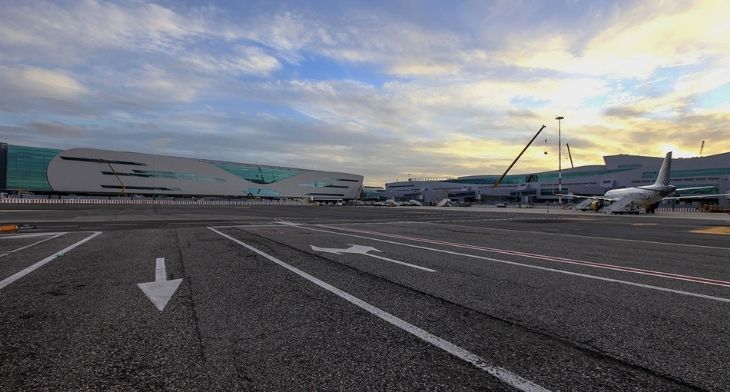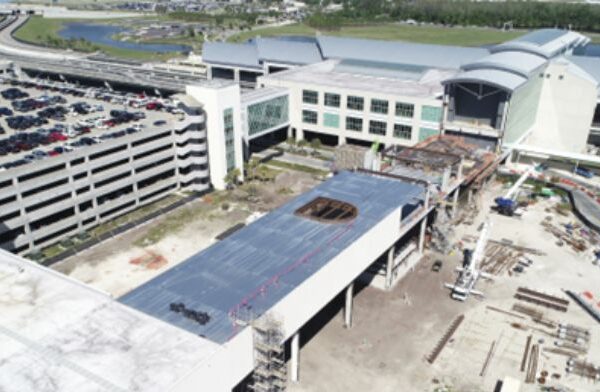


Aeroporti di Roma, which operates both Ciampino and Fiumicino airports in the Italian capital, has presented the results of COVID-19 tested flights that it has been trialling from Rome-Fiumicino Airport.
In close co-operation with the Italian and US authorities and in partnership with Alitalia and Delta Air Lines, the trials have been taking place since 8 December. Passengers travelling on the participating flights between Rome and New York as well as Atlanta in the US have been required to present certification of testing negative for COVID within 48 hours of flying. Alternatively they could take an antigen test once at the airport and prior to travelling.
The initial results of the trial were revealed during a webinar hosted by Airports Council International (ACI) Europe, where it was noted that the pilots confirmed that the transmission and importation risks involved with air travel can be controlled and mitigated through testing.
During the trial phase, only 5 passengers out of 3,824 proved COVID-19 positive, an overall positivity rate of just 0.13%. Importantly, these figures show that these COVID-19 tested flights had no impact on the prevalence of the virus in Italy, pointing to testing for air travel as an effective risk control measure without the need to resort to quarantines.
Marco Troncone, CEO Aeroporti di Roma, said: “The excellent results obtained so far from the COVID-tested flights trials carried out by Aeroporti di Roma confirm the health effectiveness of the protocol: In fact, thanks to a pre-departure control on 100% of passengers, it allows a radical reduction in the risk of virus importation, in particular as an alternative to the measure of trust-based isolation.”
He added that: “The protocol we are currently trialling, focusing on the creation of international ‘clean corridors’, is proving to be fully suitable to support in maximum safety the much awaited recovery of air traffic and the relaunch of international connectivity. This is why we are working to obtain an extension of the experimental phase beyond the deadline of 15 February and to get more airlines, airports and institutions involved to promote effective, sustainable and homogeneous protocols across Europe.”
Meanwhile ACI Europe’s Director General, Olivier Jankovec, said that, “airports have essentially written off the coming months, but they desperately need to see a recovery in passenger traffic by the summer.”
Highlighting the need for the EU to work with the aviation and tourism sectors to chart the way out of travel bans and other tight restrictions Jankovec said that more visibility is needed on the extent to which the new COVID-19 variants are present in Europe and the extent to which they may already be driving community transmission. He also said along with “more predictability and visibility over the rollout of the vaccination” this visibility “should allow us to look at how we can move ahead based on proper risk assessments and data driven approaches.”
Testing air travellers is likely to be an important part of that equation. The testing pilots conducted by Aeroporti di Roma on the Rome-Fiumicino-New York-JFK and Fome-Fiumicino-Atlanta routes have delivered both reassuring and encouraging results, as they show that virus importation risks from air travel can be controlled and mitigated through testing.
Alongside the trial COVID-19 tested flights, Aeroporti di Roma is also developing a Travel Health Portal and implementing health pass solutions to help ensure a convenient and reliable handling of negative certificates before departure, and allow for valid contact-tracing support.





